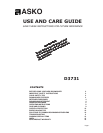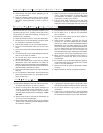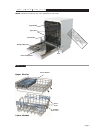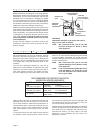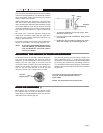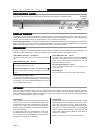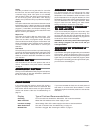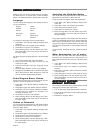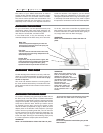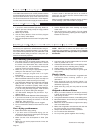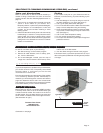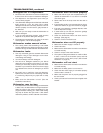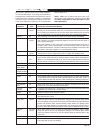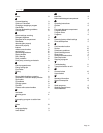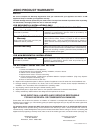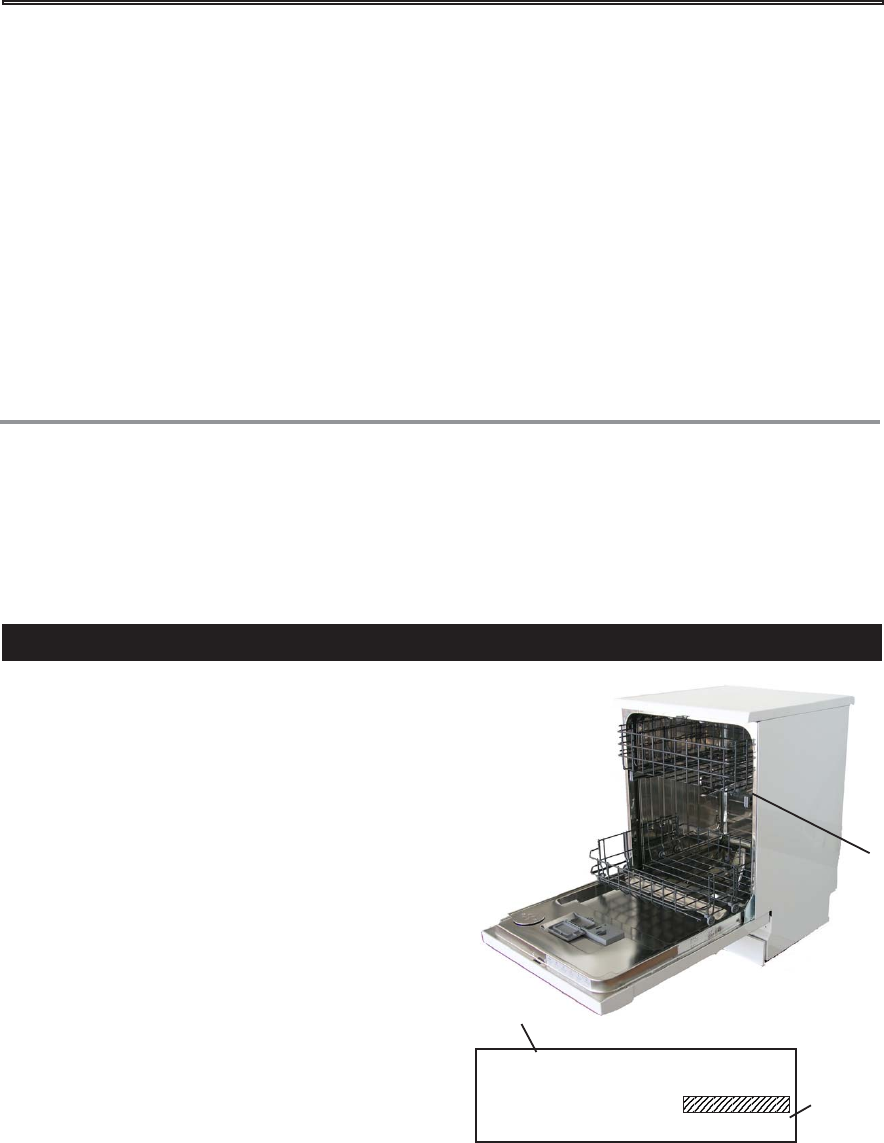
Page 11
Customer Care Center:
1-800-898-1879
www.askousa.com
TRTR
TRTR
TR
OUBLESHOOOUBLESHOO
OUBLESHOOOUBLESHOO
OUBLESHOO
TINGTING
TINGTING
TING
If you should experience a problem with your dishwasher,
you should review the list of frequently encountered
situations below. It could save you the cost and
inconvenience of a service call.
Even though the product is under warranty, if the problem
is not caused by defective product workmanship or
materials, you will be charged for a service call. Refer to
page 16 to determine what is and is not covered under
your warranty. If you’re still not sure, contact the Customer
Care Center before you call a service technician.
BEFOREBEFORE
BEFOREBEFORE
BEFORE
YY
YY
Y
OU CALLOU CALL
OU CALLOU CALL
OU CALL
Before calling for service or contacting ASKO regarding
a warranty issue, make a note of the model name, type
number and serial number. The model is on the front of
the dishwasher. The type plate with the type name and
serial number is located on the inside edge of the door.
(See illustration at right.)
Type plate
Type: DW20.X
000000000000
Type Name
12-digit
Serial
Number
Continued on next page.
To remove hard water spots, try the following:
1. Run dishes through a normal wash program.
2. Remove all metal dishware, such as cutlery, pans,
etc., from the dishwasher.
3. Do not add detergent. Instead, pour two cups of
vinegar into a bowl and set the bowl face up on the
REMOREMO
REMOREMO
REMO
VING HARD VING HARD
VING HARD VING HARD
VING HARD
WAWA
WAWA
WA
TER SPOTER SPO
TER SPOTER SPO
TER SPO
TS FRTS FR
TS FRTS FR
TS FR
OM DISHESOM DISHES
OM DISHESOM DISHES
OM DISHES
bottom rack of the dishwasher.
4. Run the dishes through a Normal wash program.
If this doesn’t work, try the same process with 1/4 cup of
citric acid crystals (available at most drug stores) instead
of vinegar.
Stains and discolorations
Stains or discoloration on dishes could be caused by a
number of things. Listed below are some of the most
common causes. See also “Washing Special Items” on
page 13.
♦ Too much iron or manganese in the water can cause
yellow or brown marks on your dishes. As a
temporary solution, in place of the prewash detergent,
use one teaspoon to one tablespoon of citric acid
crystals. You should consider installing a water
filtering system.
♦ Coffee and tea stains usually have to be removed by
handwashing in a solution of 1/2 cup bleach and one
quart of water. (Do not use on sterling silver or silver
plate.) Be sure to rinse these items thoroughly before
putting them in the dishwasher so there is no bleach
residue on the dishware.
Etching
If you have a cloudy film on your dishes that can’t be
removed, it could be etching. To prevent etching, try the
following:
♦ Use less detergent. You may be using too much for
the water hardness in your area. (See page 5.)
♦ Use a good quality dishwasher detergent.
♦ Do not overload the machine. Water should circulate
freely to ensure adequate rinsing and draining.
♦ Fill the rinse aid dispenser (unless you have soft water
in your area; in which case you may not need a rinse
aid). (See page 6.)
♦ Use a lower water temperature setting.
♦ Do not use the Normal drying setting.
♦ Do not pre-rinse the dishes; just scrape off large food
particles and bones.
SOLUTIONS TO COMMOND DISHWASHING PROBLEMS, continued



